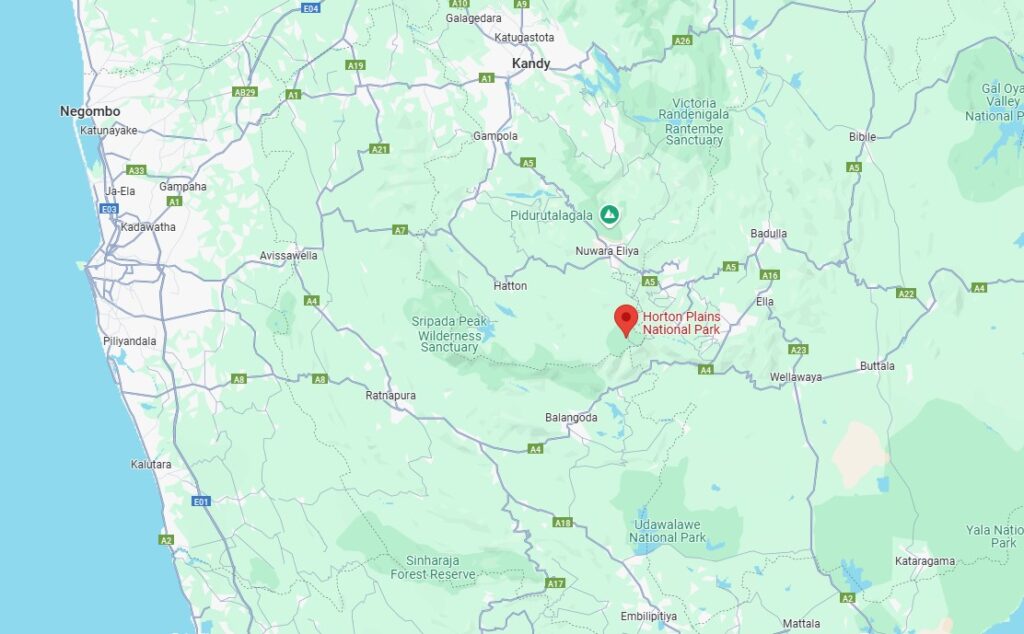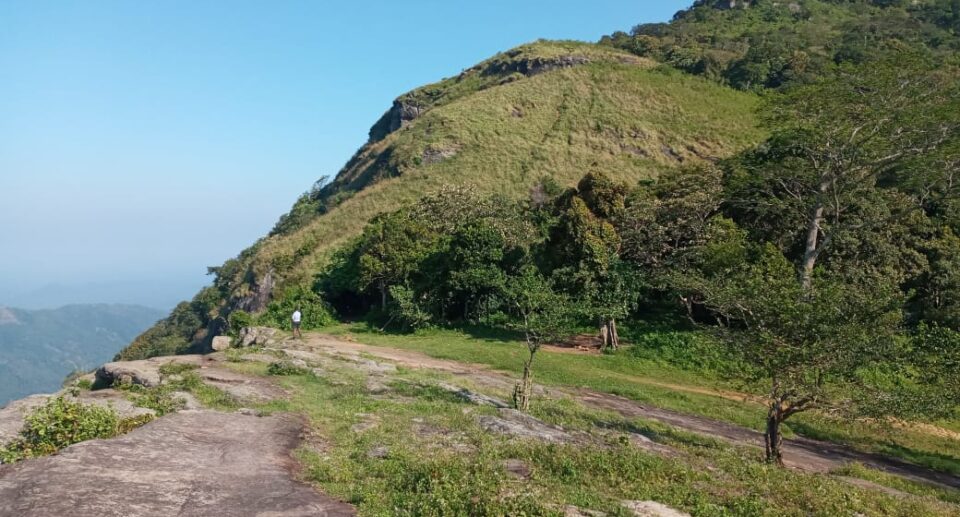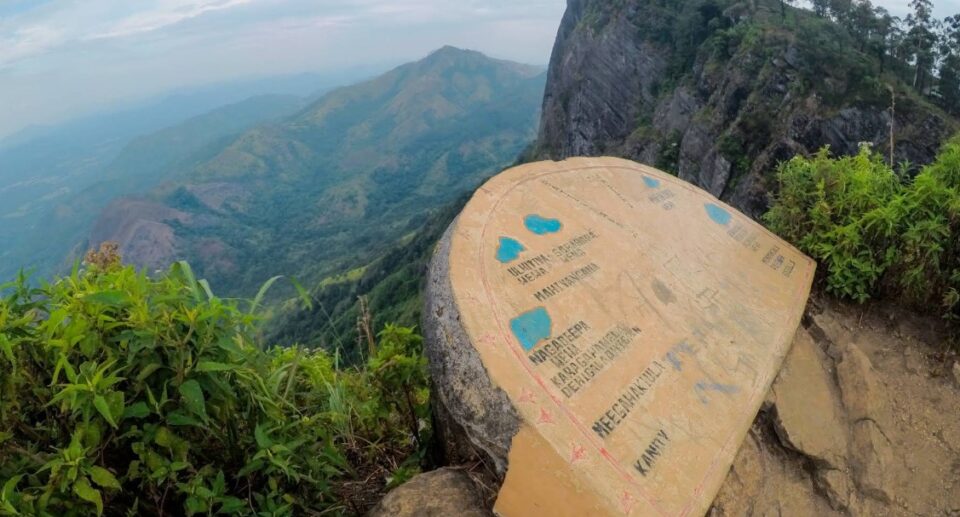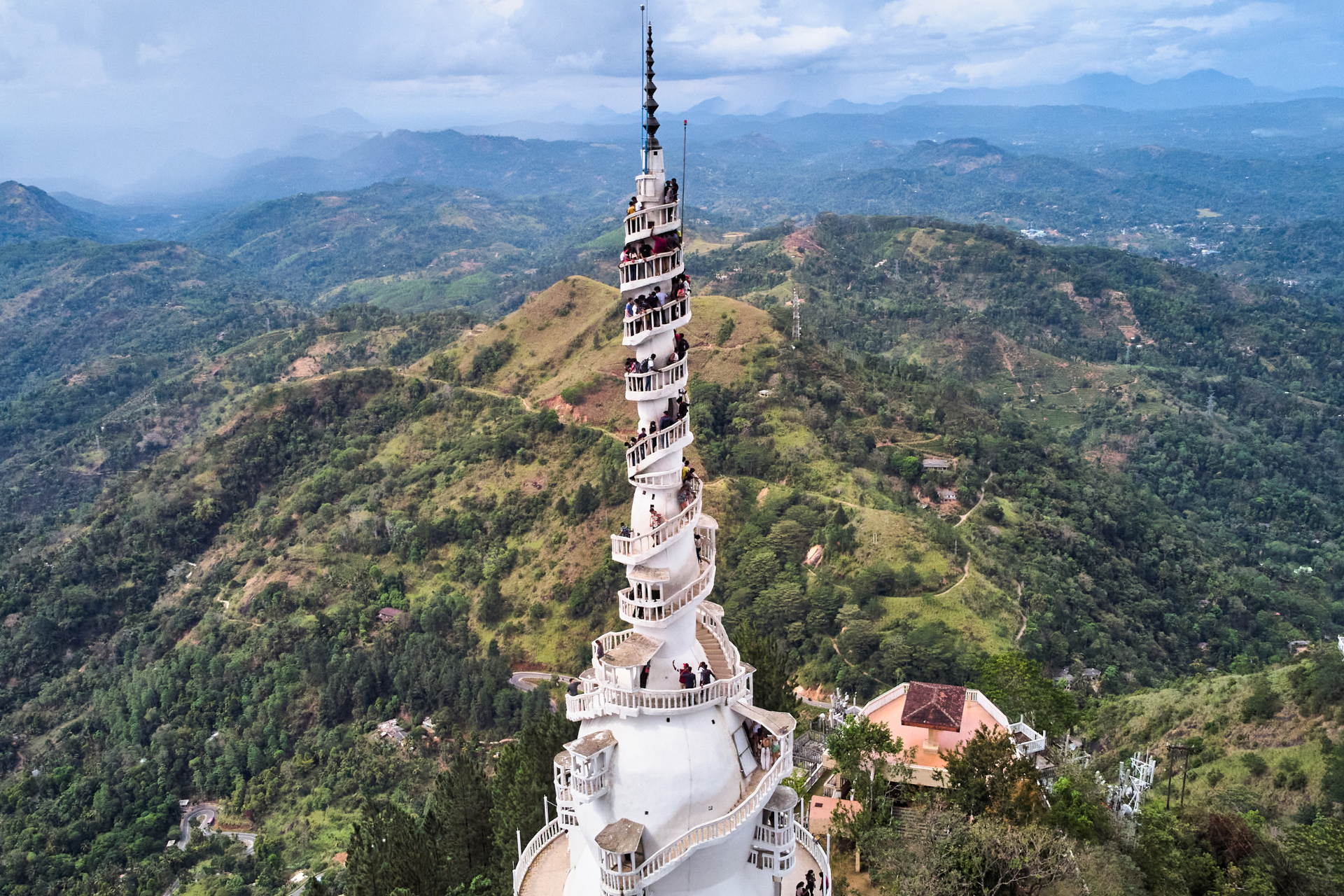Horton Thenna Horton Plains: Natural Marvels of Sri Lanka
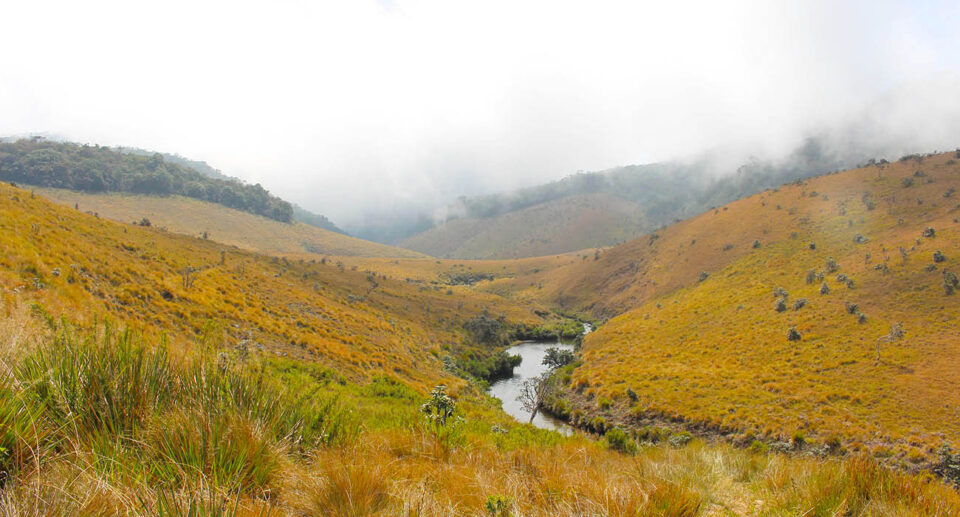
Sri Lanka, a country blessed with natural marvels, enjoys a diverse topography that ranges from pristine beaches to rainforests. The most breathtaking sights, however, are found in the central highlands of Sri Lanka. A hidden paradise, Horton Thenna, is nestled deep in the highlands and is one of the island’s most serene and untouched locations. While Horton Plains National Park and the world-famous World’s End steal the limelight, Horton Thenna is no less intriguing country that gives a real and less touristy experience of Sri Lanka’s nature beauty.
This essay explores the allure, significance, accessibility, and ecological relevance of Horton Thenna, giving a comprehensive insight into why this off-the-map gem has to be on every nature lover’s travel list.
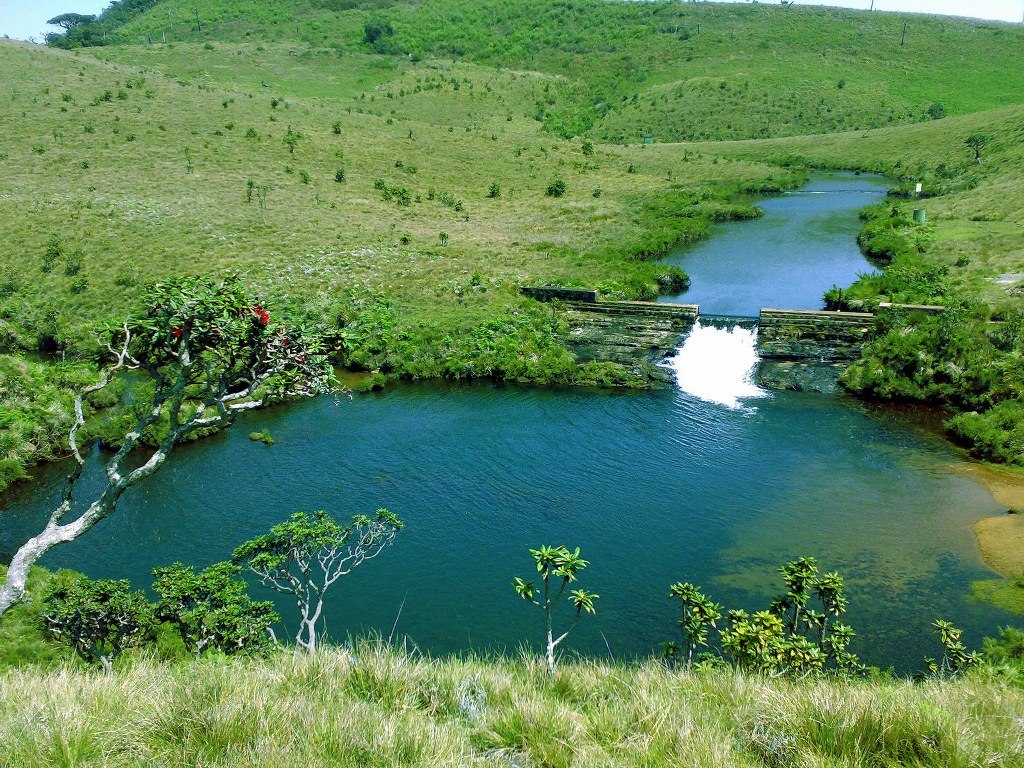
The Location of Horton Thenna
Horton Thenna is located in Horton Plains, the central highland area of Sri Lanka. Horton Plains is part of Sri Lanka Central Highlands UNESCO World Heritage Site, a region that occupies over 2,000 square kilometers of protected forest and includes world-famous sites like Horton Plains National Park, World’s End, Mini World’s End, and Baker’s Falls. Although Horton Thenna is not so well known as other attractions within the park, it is nothing short of stunning and serene land of the highlands and a place worth going out of the way to experience.
Horton Thenna lies on the fringes of Horton Plains National Park, and the easiest way to reach it is along the main road from the town of Nuwara Eliya or Kandy, both of which are nearby tourist centers in the central highland area of Sri Lanka.
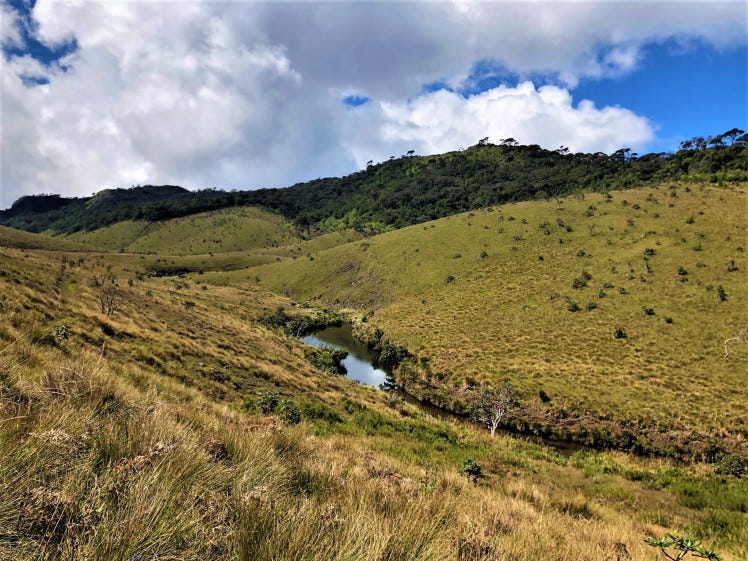
The Terrain and Features of Horton Thenna
Horton Thenna is characterized by its enormous montane grasslands, undulating hills, and cloud forests, which place it among Sri Lanka’s most scenic regions. Whereas Horton Plains is renowned for its rugged landscape and steep cliffs, Horton Thenna offers a serene landscape, with rolling hills covered in grass, broken here and there with small streams and patches of natural forests.
One of the most unique aspects of Horton Thenna is its high biodiversity. The area holds a wide variety of endemic flora and fauna species, such as several bird, mammal, and reptile species found in Sri Lanka. The area is part of the larger Horton Plains ecosystem, which acts as a water catchment for several large rivers and is crucial to the hydrology of the island.
The height of Horton Thenna is around 2,000 meters sea level, which gives the cool, humid climate characteristic of Sri Lanka’s hill country. The climate in Horton Thenna is relatively mild, with cool conditions for most of the year, and hence is a perfect refuge for those seeking a break from the heat of the coastal regions.
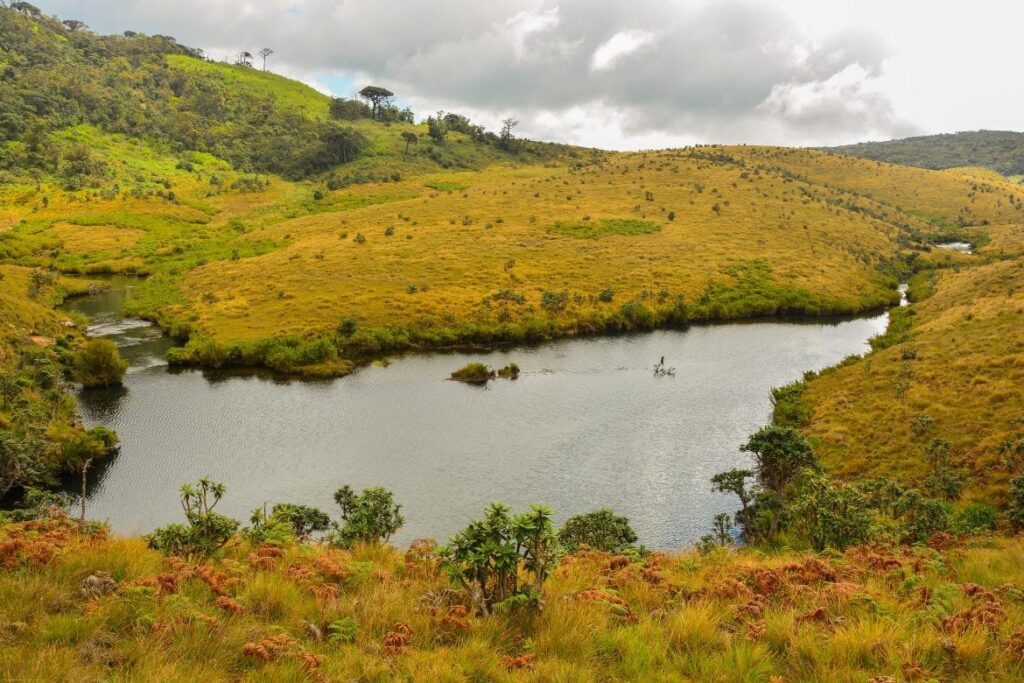
Ecological Significance of Horton Thenna
Just like the rest of Horton Plains, Horton Thenna is a vital component in maintaining the ecological balance of Sri Lanka. The location is part of the Horton Plains National Park, a UNESCO World Heritage Site as it is a hotspot for biodiversity. The park has a number of endemic wildlife species, most of which are rare or endangered.
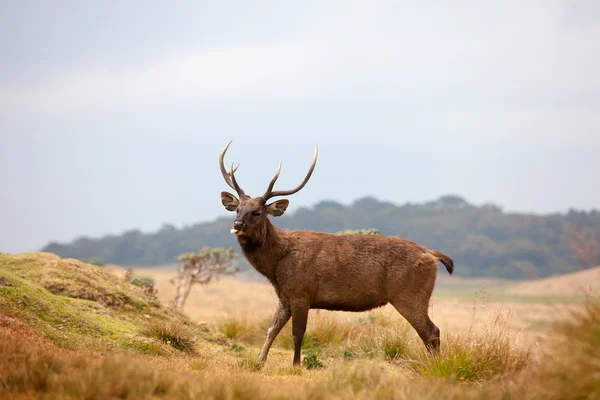
Some of the notable fauna species found in Horton Thenna are the Sri Lankan leopard, purple-faced langur, and a variety of deer species. The area is also inhabited by endemic birds like the Sri Lankan bush warbler, Sri Lankan blue magpie, and junglefowl, which is Sri Lanka’s national bird.
Apart from its fauna, Horton Thenna also boasts unique flora such as Rhododendron and St. John’s Wort that thrive in the cool, foggy environment of the highlands. These plants are typically used in traditional Sri Lankan medicine due to their medicinal properties, adding to the area’s worth ecologically and culturally.
The proximity of the region to several large rivers, such as the Mahaweli and Kelani, also makes it a vital catchment area for water in the island. Protection of Horton Thenna is important not just for biodiversity but also for the proper utilization of water resources in Sri Lanka.
The Hiking Experience in Horton Thenna
For tourists and nature enthusiasts, Horton Thenna offers a great opportunity to trek and explore. When tourists flock World’s End or Mini World’s End, Horton Thenna is a much lesser visited spot, offering a serene, secluded experience of nature. Horton Thenna trails are less crowded and offer trekkers an opportunity to enjoy the stunning view of the highlands without the rush of tourist areas.
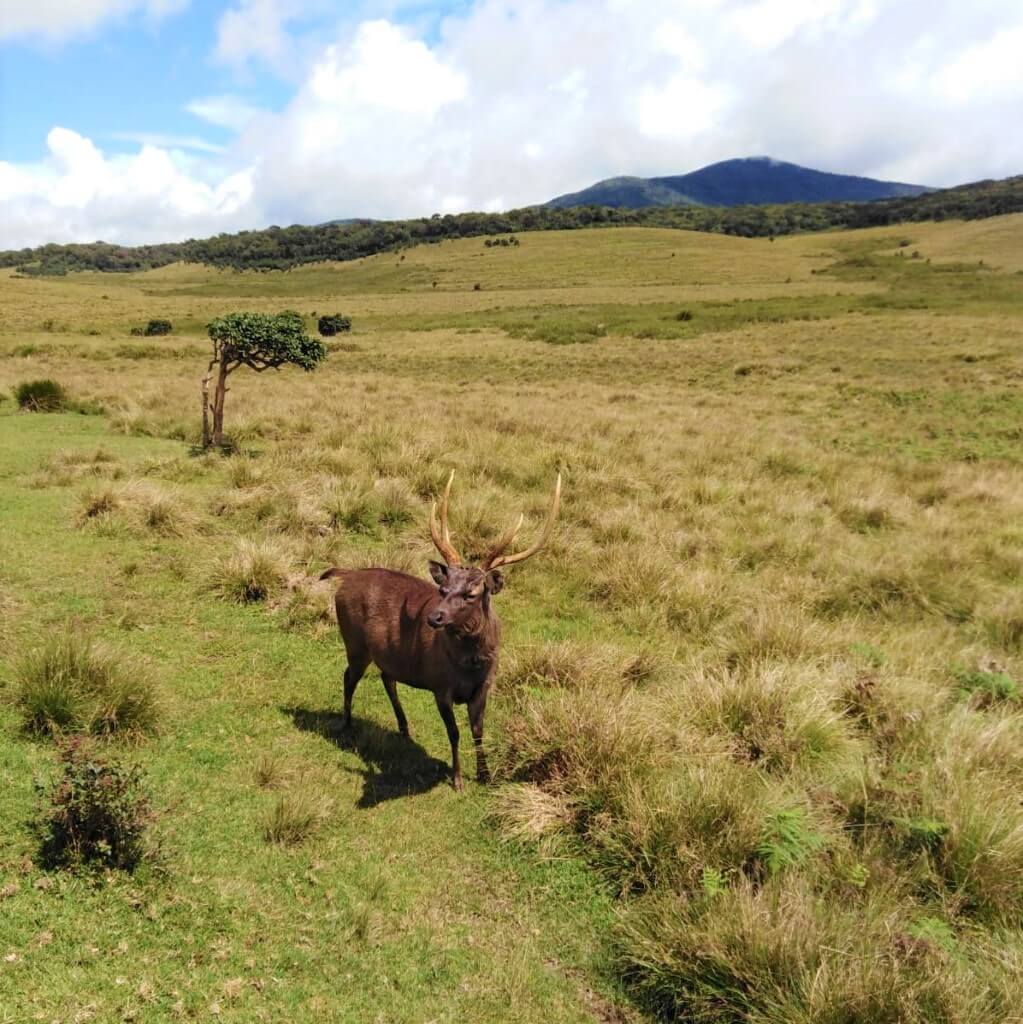
The Horton Thenna trails cross montane grasslands and cloud forest, which afford trekkers the chance to see varied wildlife and vegetation. The trails themselves are relatively simple to trek, although in parts they are a bit challenging owing to the rough ground. Nevertheless, the trek is worth it, for the trekkers are rewarded with sweeping vistas of the surrounding hills, valleys, and distant peaks.
During the trek, travelers are able to see small waterfalls and streams that add to the serene beauty of the location. The cool mist that typically envelops the location provides a mystical atmosphere, as if one were to step into a different world. Even though the trek lasts about an hour or two, the landscape along the trek makes the experience worth it and memorable.
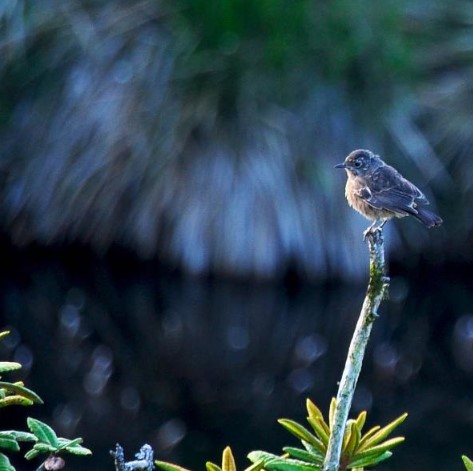
One of the greatest draws of trekking in Horton Thenna is the opportunity to experience a piece of Sri Lanka untouched by large-scale tourism. The area remains tranquil and calm, giving a glimpse into the pure beauty of the central highlands.
Accessibility and Practical Information
Accessing Horton Thenna is a bit of an effort, but the trip is well worth it for those interested in experiencing this secluded corner of Sri Lanka. Nuwara Eliya is the closest large town and from there, one can arrange a taxi or private car to transport them to the park entrance. The ride from Nuwara Eliya to Horton Plains is approximately 45 minutes to 1 hour by road.
Since Horton Thenna is not a well-known tourist spot, it is best that the visitors avail the services of a local guide who understands the area. A guide not only helps walk along the trails but can provide helpful information regarding the ecological significance of the area, its diversity, and local culture.
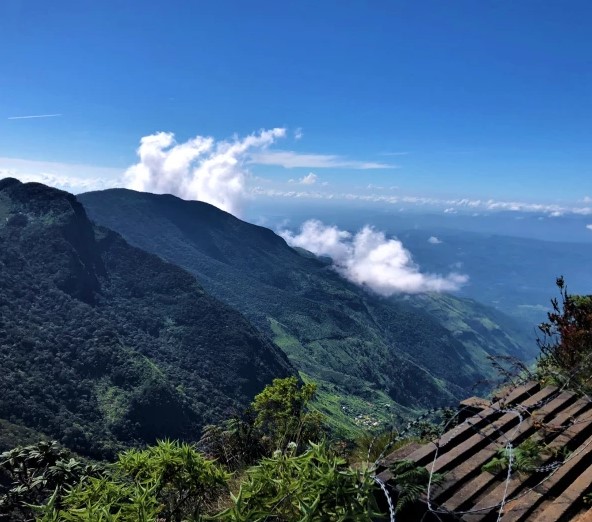
It is required to visit Horton Thenna later in the morning, particularly during dry weather, because the mist arrives later in the day and is difficult to see through. Besides, the park is accessible only for daylight hours, so hikers will need to arrange to complete the hike before sunset.
The park admission fee is typically in the order of USD 25-30 for foreign visitors, and less for locals. It is advisable that tourists carry enough water, wear strong shoes, and bring along some snacks with them, as there are no facilities inside the park.
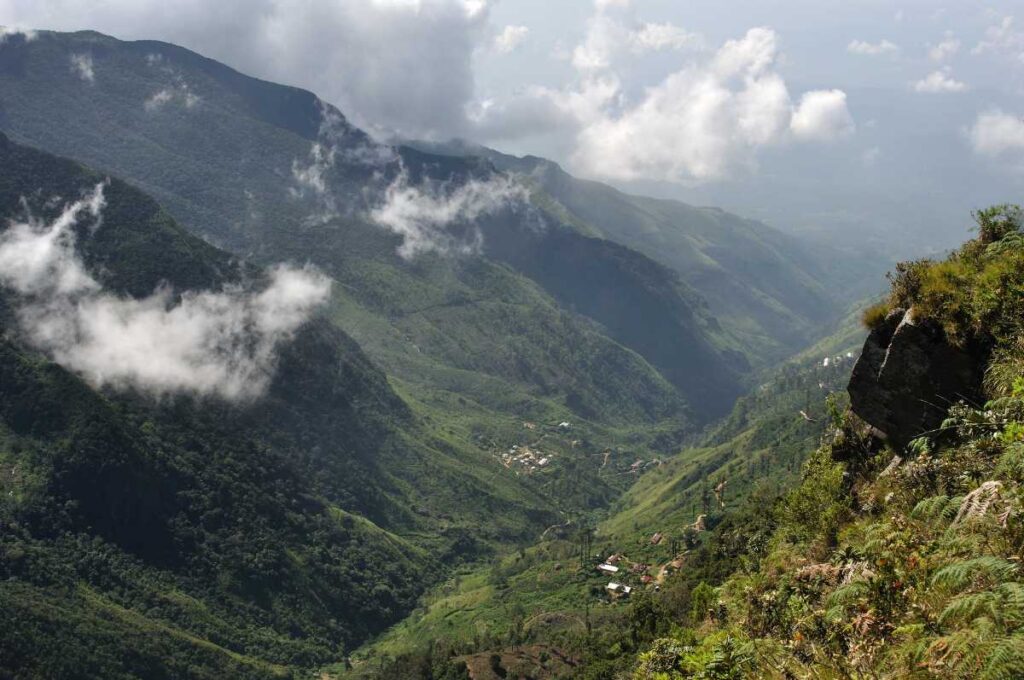
The Cultural and Historical Significance of Horton Thenna
Though Horton Thenna is best known for its natural beauty, the area holds cultural and historical significance for Sri Lanka as well. The central highlands have been home to several indigenous peoples for centuries, and many of their customs, beliefs, and practices have helped shape the regional cultural identity.
The Buddhist influence can be glimpsed best in the areas around the region, where a few temples and stupas are here and there situated across the region. They are not just religious monuments but also serve as signposts in the highland’s cultural heritage. The serene beauty of Horton Thenna is precisely the type of site that affords a peaceful environment to indulge in religious introspection and contemplation and where nature and culture coexist peacefully together.
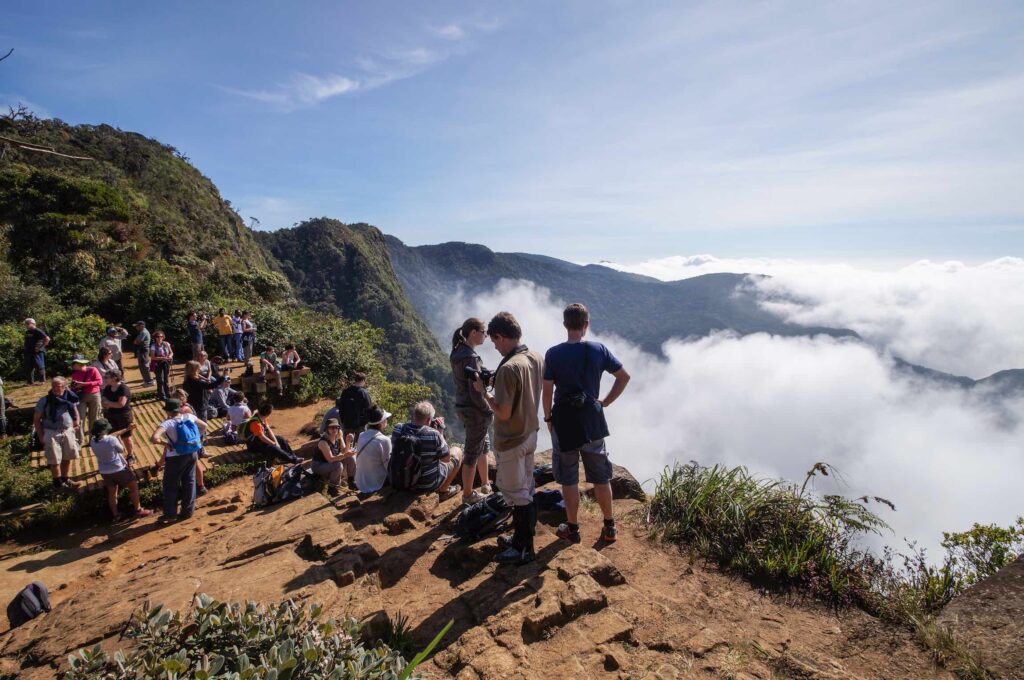
- Traveling to Sri Lanka’s Central Highlands
The most common way of getting to Horton Thenna is by first getting to the central highlands of Sri Lanka, that is getting to Nuwara Eliya, which is the nearest major town to Horton Plains National Park. Nuwara Eliya is around 180 km (around 5-6 hours) away from Colombo, the capital city of Sri Lanka. From Nuwara Eliya, one can take a vehicle to get to Horton Plains National Park, which is about 30 kilometers away (about 45 minutes by vehicle).
Options for reaching Nuwara Eliya:
By Car (Private or Taxi):It is possible to hire a private car or taxi from Colombo or Kandy to reach Nuwara Eliya. It takes about 5-6 hours from Colombo and 2.5 to 3 hours from Kandy.
Taxis or private vehicles can also be hired directly from Kandy or Nuwara Eliya to Horton Plains National Park.
By Train (From Colombo or Kandy): Kandy to Nuwara Eliya (or Nanu Oya, the station nearest to Nuwara Eliya) is one of Sri Lanka’s most scenic train trips, passing through tea estates and mountain landscapes.
From Nuwara Eliya, you will need to take a hired car or taxi to Horton Plains.
By Bus: There are public buses from Colombo to Nuwara Eliya, although the journey is long and could take around 6-7 hours.
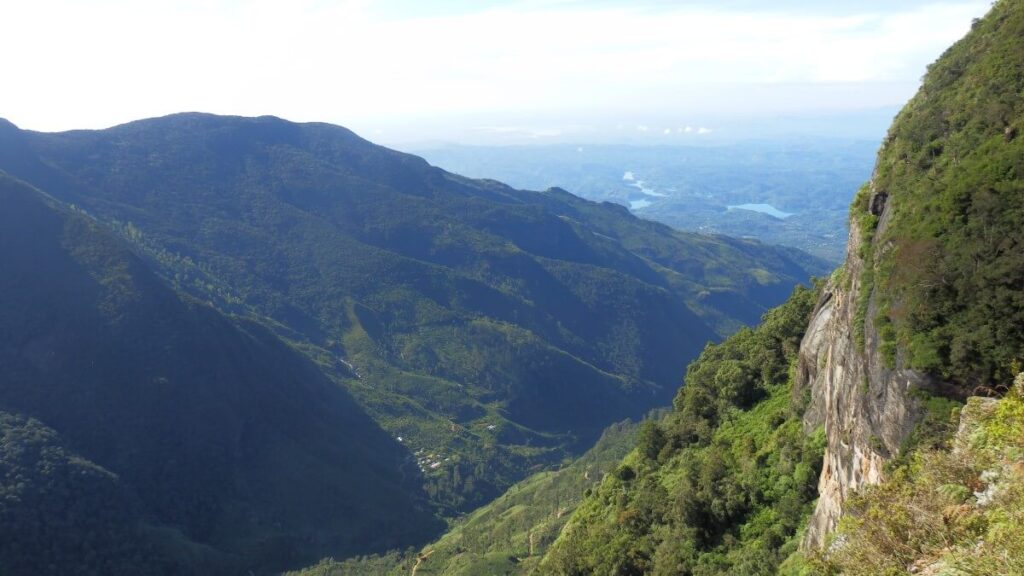
You may board a local bus or taxi from Nuwara Eliya to Horton Plains.
- Travel to Horton Plains National Park
Once you have reached Nuwara Eliya, the second leg of your journey is to travel to Horton Plains National Park, which is the gateway to Horton Thenna. Below is how you may reach the park:
By Taxi or Private Car:The most comfortable way of traveling from Nuwara Eliya to Horton Plains National Park is by hiring a private taxi or vehicle. The trip typically takes 45 minutes to 1 hour, depending on traffic and the condition of the roads. The park is located 30 kilometers from Nuwara Eliya.
A private car or taxi can also take you to the very entrance point or trailheads of Horton Thenna if you are very much interested in going there.
By Public Transport: Through public transport, buses are limited in number from Nuwara Eliya to Horton Plains. It is ideal to inquire about timetables in advance or rely on a taxi for convenience and time.
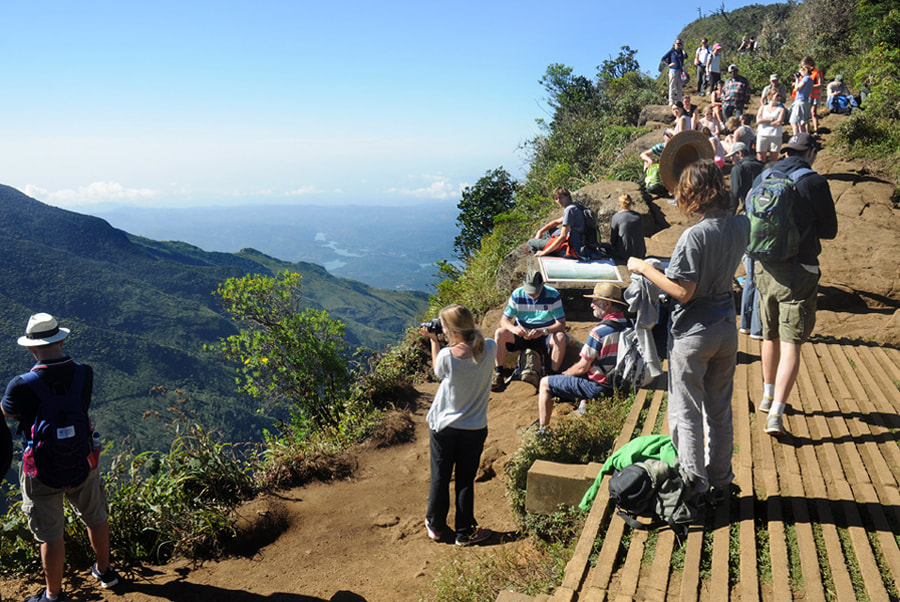
Keep in mind that public transport facilities are limited, and it is better to travel by taxi or private vehicle for easy access.
- Travelling to Horton Thenna Specifically
When you get to Horton Plains National Park, you’ll typically need to follow the main tracks to the popular World’s End and Mini World’s End viewpoints. Horton Thenna is a less explored and quieter part of the park, and you might need to try to reach it. Here’s how:
Hiking and Trail Navigation: Horton Thenna is a secluded area of Horton Plains. To reach it, you may need to take the main trail leading to World’s End and Mini World’s End and turn off onto less frequented paths.

The main trail to World’s End is via Horton Plains and will take around 2-3 hours. If you want a more secluded experience, you may need to have a local guide or the help of a park ranger to guide you toward Horton Thenna. Some parts of the park are not as well marked, and a guide can help you get to this off-the-beaten-track gem.
Hiring a Guide: Unless you are familiar with the area, it’s highly recommended that you take a local guide. Guides are easily available at the entrance to the Horton Plains National Park, and they’ll be able to lead you through the park trails to reach Horton Thenna. A guide can also apprise you of the ecological significance and the biodiversity of the area, which will add meaning to your journey.
A guide will also keep you on the correct tracks and bring you back safely.
- Entry Fee and Timings Entry Fee:
- The entrance fee to Horton Plains National Park is generally USD 25-30 for foreign travelers, while Sri Lankan citizens have a lower fee. You can purchase tickets at the park entrance before you start your journey.
Opening Hours: The park hours are from 6:00 AM to 6:00 PM every day, although most people like to begin their treks early to escape the mist that usually covers the park during late morning. It is best to start early in the morning to enjoy the cool weather and clear views. Since the park closes at 6:00 PM, make sure to complete your hike well before closing time.
Map of Horton Plains
